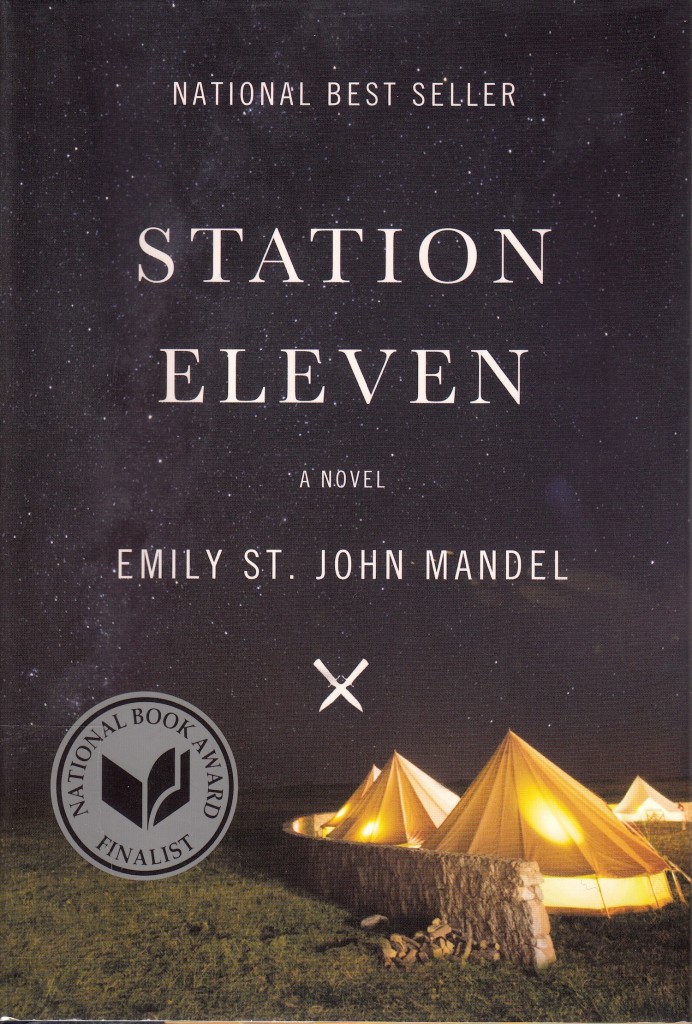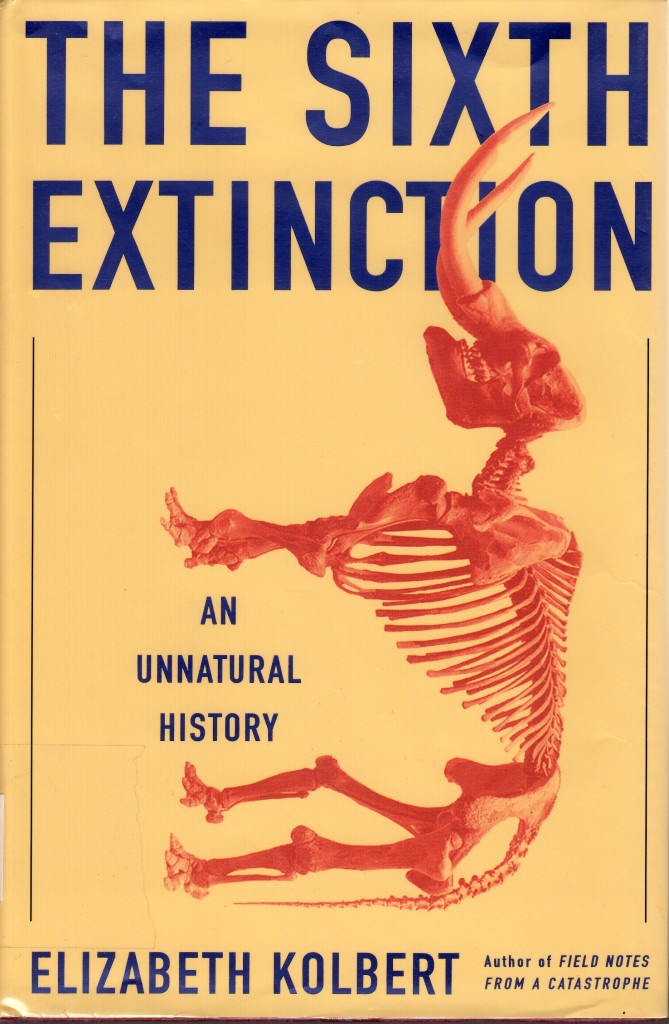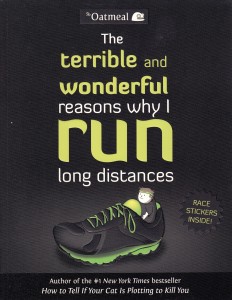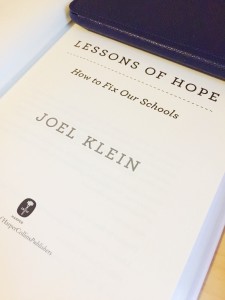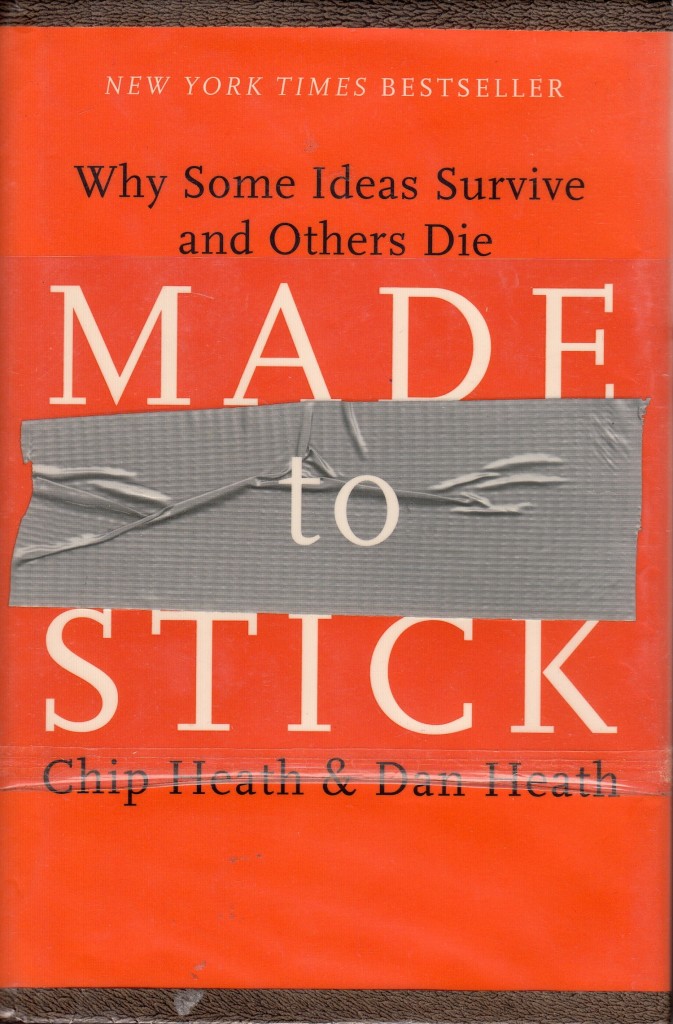What’s it about?
Station Eleven is three stories in one. It follows the lives of three people, before, during, and after a plague – the Georgia Flu – kills 99% of the people on earth. (Georgia the former Soviet Republic, not Georgia the state.) The pre-plague storyline follows an actor as he gets famous, and one of his wives. The during-the-plague story follows the paramedic who tries to save the actor who has a heart attack on stage the night the plague breaks out. The post-plague story follows the child actor who was on stage with the actor that night. It takes place 20 years after the Collapse (as it’s known in the book).
Why should you read it?
I can’t stop thinking about Station Eleven. I finished it almost a week ago, and the characters are with me. I think about Miranda, who wanted to be an artist; I think about Clark, with his museum; I think about the Frenchman stranded in Michigan starting a newspaper; I think about the lack of entertainment and information; I think about how tough Kirsten is; I think about Jeevan stockpiling food as fast as he can; I cannot stop thinking about becoming a survivalist – what if a flu came that killed people in 24 hours. How fast would it spread? Could I survive? What would life be like afterwards? How would we all react? There’s a scene where a person finds a group of people living in an airport. He starts crying, they ask him why. “Because I thought I was the only one.” It breaks my heart thinking about it. If I could give a copy of Station Eleven to everyone I know, I would. It’s that good.
